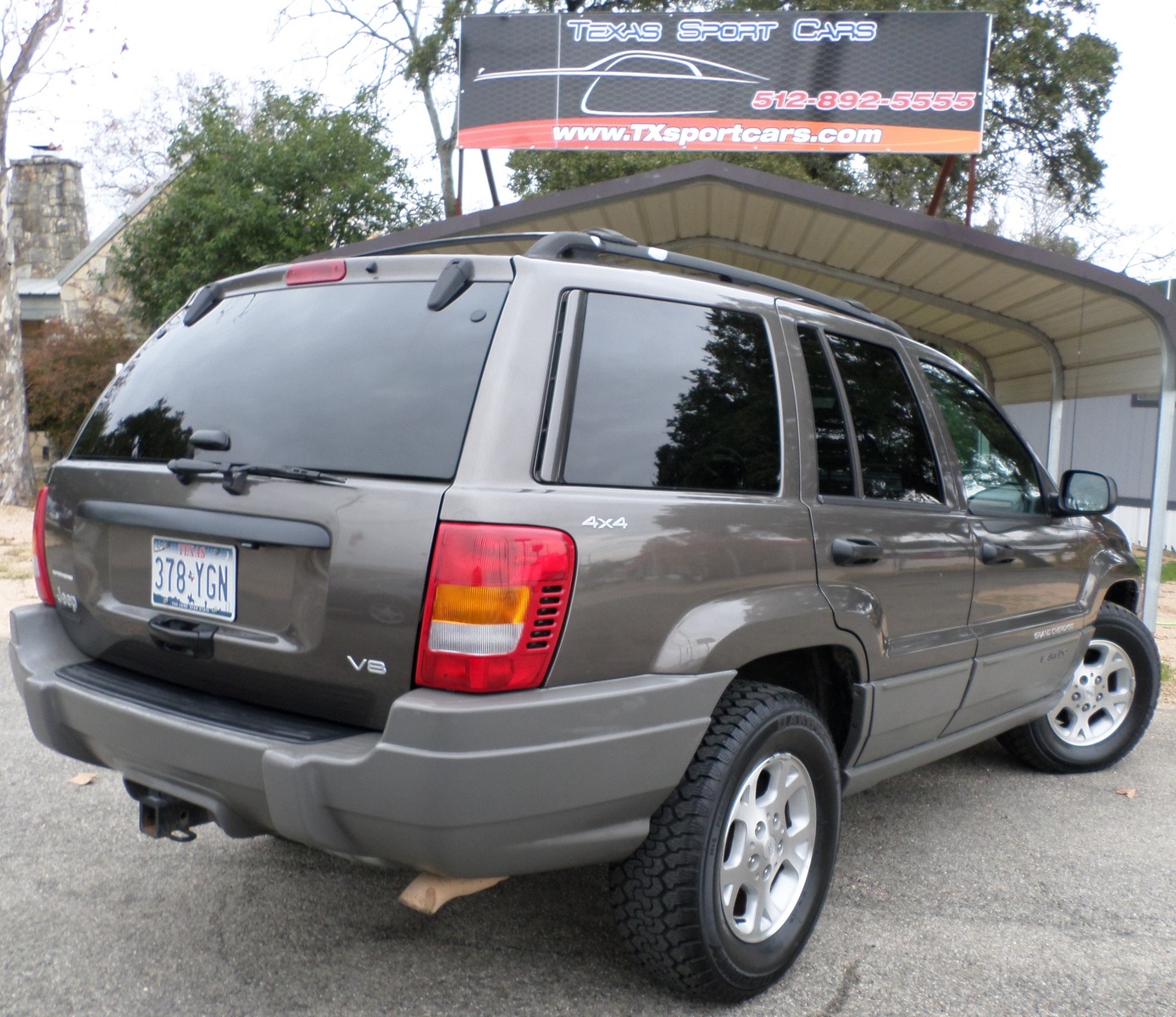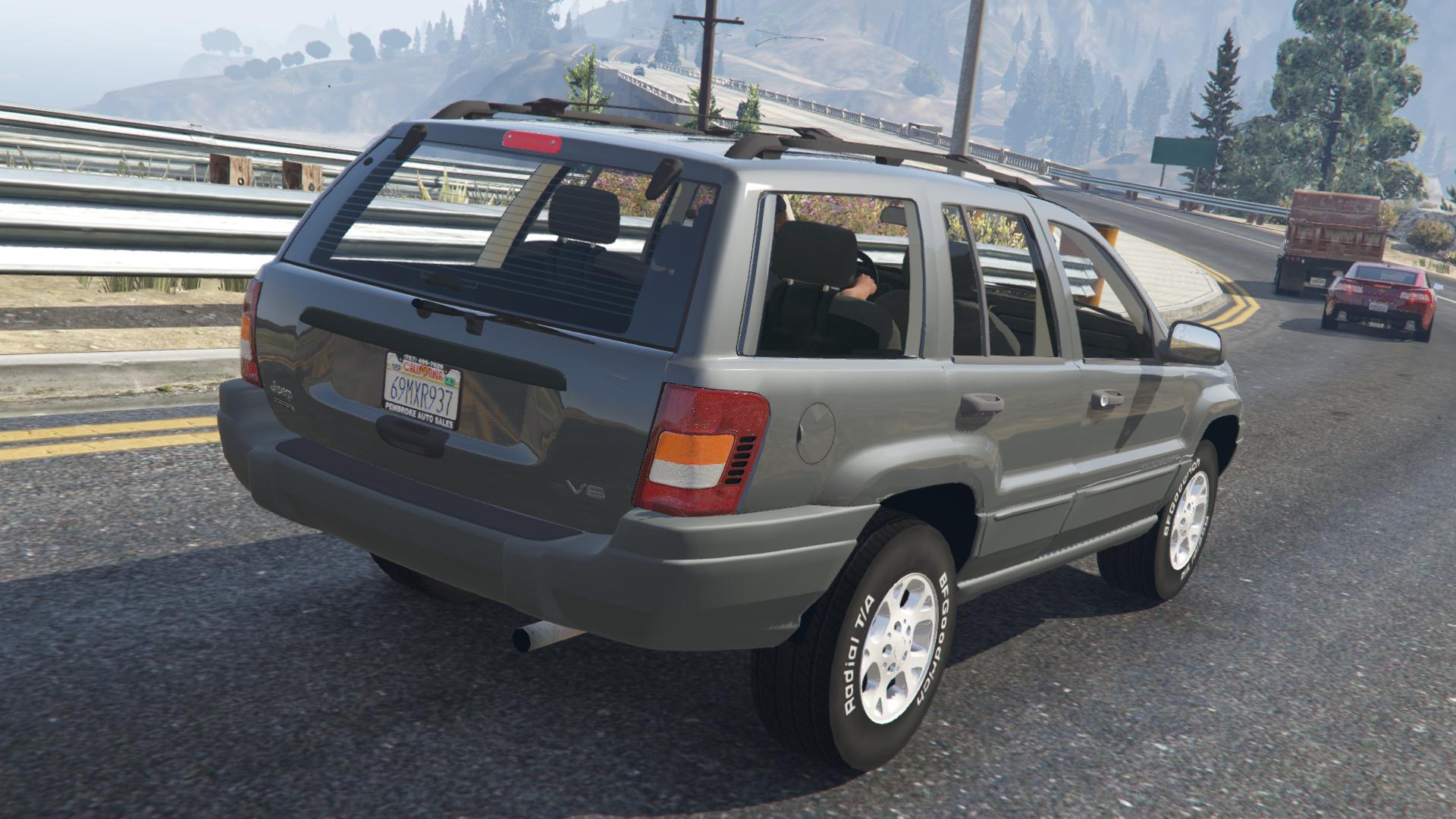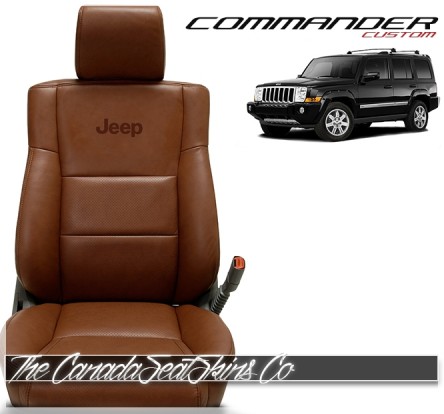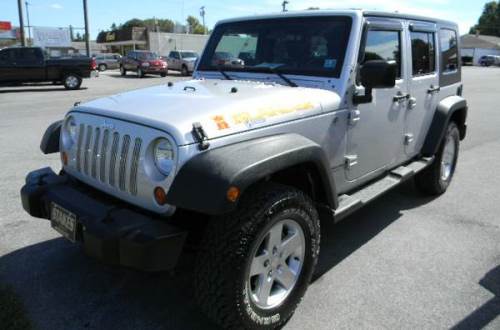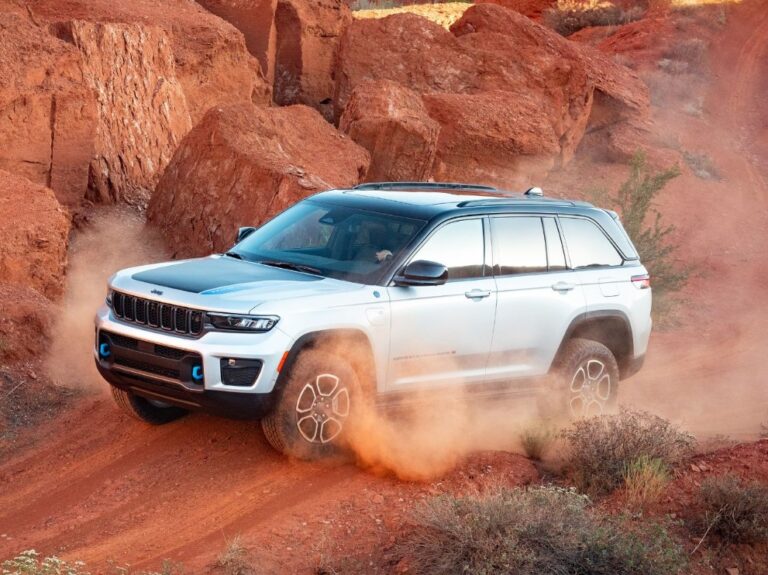1999 Grand Jeep Cherokee For Sale: A Comprehensive Guide to Buying, Selling, and Owning This Enduring SUV
1999 Grand Jeep Cherokee For Sale: A Comprehensive Guide to Buying, Selling, and Owning This Enduring SUV jeeps.truckstrend.com
The year 1999 marked a significant moment in the history of the Jeep Grand Cherokee, ushering in the WJ generation. This iteration, a complete redesign from its ZJ predecessor, introduced a more refined ride, enhanced off-road capabilities, and a host of technological advancements, solidifying its reputation as a benchmark for the mid-size SUV segment. Today, over two decades later, the 1999 Grand Jeep Cherokee remains a highly sought-after vehicle in the used car market, appealing to enthusiasts, off-road adventurers, and practical drivers alike who appreciate its rugged charm, surprising comfort, and legendary capability. This article serves as a comprehensive guide for anyone looking to navigate the exciting world of the 1999 Grand Jeep Cherokee for sale, offering insights into its enduring appeal, critical buying and selling considerations, and essential ownership advice.
Why the 1999 Grand Jeep Cherokee Still Commands Attention
1999 Grand Jeep Cherokee For Sale: A Comprehensive Guide to Buying, Selling, and Owning This Enduring SUV
The 1999 Grand Cherokee (WJ) was not just a facelift; it was a revolution. Built on a new platform, it offered a significantly smoother ride thanks to its redesigned suspension, yet retained the brand’s iconic off-road prowess. Its unibody construction, coupled with sophisticated 4×4 systems, allowed it to tackle trails with ease while providing a surprisingly comfortable on-road experience.
Key features that made the ’99 WJ a standout include:
- Engine Options: It offered two robust engine choices: the legendary 4.0-liter PowerTech inline-six (I6), known for its bulletproof reliability and torque, and the new-for-WJ 4.7-liter PowerTech V8, which delivered impressive horsepower and towing capacity.
- Advanced 4WD Systems: Jeep’s renowned Quadra-Trac II and the groundbreaking Quadra-Drive systems (featuring Vari-Lok axles) provided unparalleled traction and off-road capability, automatically transferring torque to the wheels with the most grip.
- Comfort and Refinement: Compared to earlier models, the WJ boasted a quieter cabin, improved ergonomics, and a more car-like feel, making it suitable for daily driving and long road trips.
- Durability and Moddability: Its robust construction and widespread aftermarket support mean these vehicles can be maintained, repaired, and even significantly upgraded for serious off-roading.
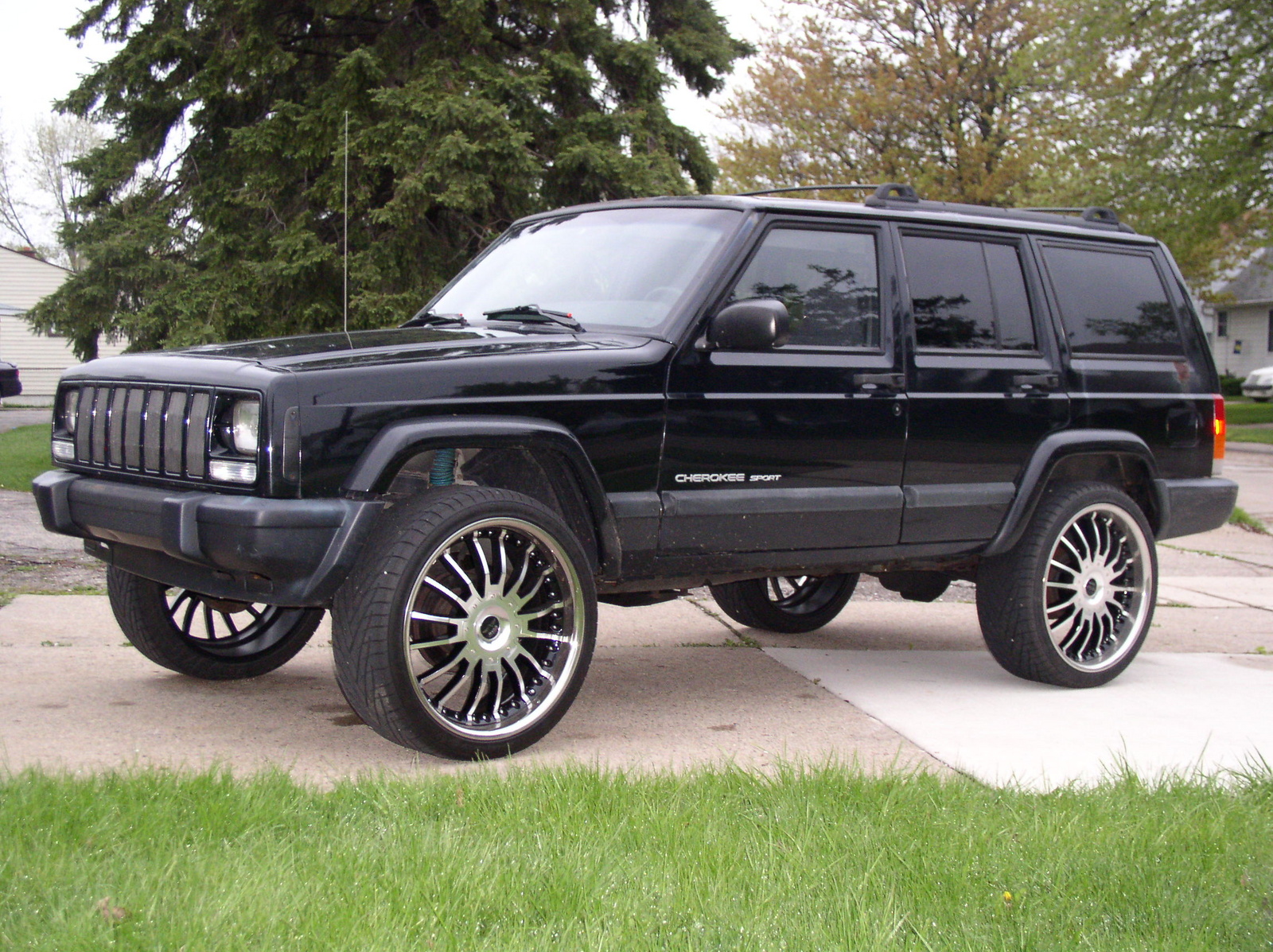
The enduring appeal of the 1999 Grand Cherokee lies in its balanced blend of rugged utility and unexpected refinement, offering a capable and characterful SUV at an accessible price point in today’s used market.
Understanding the Trims and Features of the ’99 WJ
When searching for a 1999 Grand Jeep Cherokee for sale, you’ll primarily encounter two main trim levels, each offering a distinct package of features and amenities:
- Laredo: This was the base trim, but by no means spartan. Laredo models typically came standard with features like power windows and locks, air conditioning, cruise control, a cassette/CD stereo, and cloth upholstery. Many Laredos also featured the optional 4×4 systems, making them highly capable off-roaders without the premium price tag of the Limited. Engine options included both the 4.0L I6 and 4.7L V8.
- Limited: Positioned as the more luxurious offering, the Limited trim elevated the Grand Cherokee experience. Standard features often included leather upholstery, heated front seats, automatic climate control, an upgraded Infinity sound system, a sunroof, and more exterior chrome accents. The Limited trim often came standard with the more advanced Quadra-Trac II or Quadra-Drive 4×4 systems, and the 4.7L V8 was a popular choice for this trim.
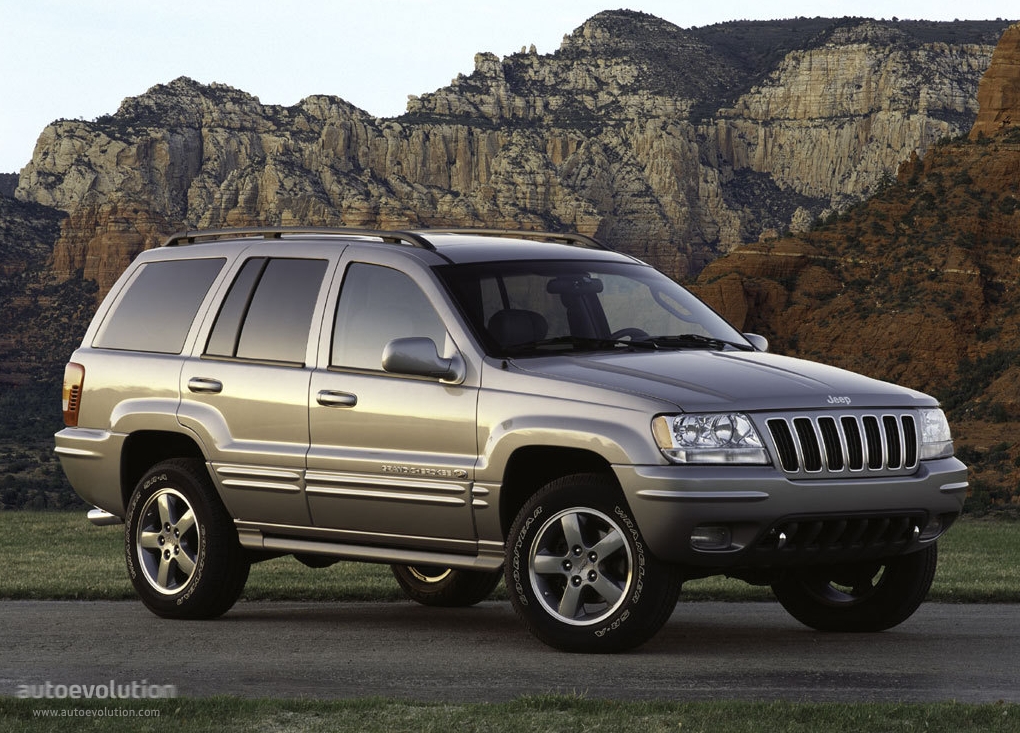
While less common for the 1999 model year, some markets or specific production runs might have seen "Sport" sub-trims which were generally Laredo-based but with specific appearance packages. Regardless of trim, all 1999 Grand Cherokees benefited from standard safety features like anti-lock brakes (ABS) and multiple airbags. Understanding these trims helps buyers target the specific features and level of luxury they desire.
Key Considerations When Buying a 1999 Grand Jeep Cherokee
Purchasing a vehicle that is over two decades old requires a thorough approach. While the 1999 Grand Cherokee is known for its durability, specific areas warrant close inspection to ensure you’re making a sound investment.

-
Comprehensive Mechanical Inspection is Paramount: This is non-negotiable. If you’re not mechanically inclined, pay for a pre-purchase inspection (PPI) by a trusted mechanic familiar with Jeeps.
- Common Issues: Be aware of typical WJ ailments:
- HVAC Blend Door Actuators: These are notorious for failing, leading to no heat or AC on one side of the cabin. Repair can be involved.
- Cooling System: The 4.7L V8, in particular, can be sensitive to overheating. Check the radiator, water pump, thermostat, and hoses for leaks or signs of neglect.
- Oil Leaks: The 4.0L I6 is known for rear main seal leaks. While not always catastrophic, it’s a common issue.
- "Death Wobble": This violent shaking of the front end at highway speeds is usually due to worn steering components (track bar, tie rods, ball joints).
- Transmission Issues: While generally robust, check for smooth shifts. The 4.7L’s 45RFE transmission can have solenoid pack issues.
- Power Window Regulators: These can fail, causing windows to stick or drop.
- Service Records: Always ask for detailed maintenance records. A well-documented history is a strong indicator of a cared-for vehicle.
- Common Issues: Be aware of typical WJ ailments:
-
Mileage vs. Condition: Don’t be immediately deterred by high mileage. Many 1999 Grand Cherokees have over 200,000 miles and are still running strong, especially the 4.0L I6. Focus on the overall condition and maintenance history rather than just the odometer reading. A lower mileage vehicle that has been neglected can be a worse buy than a high-mileage one that has been meticulously maintained.
-
Rust Inspection: Depending on the region where the vehicle has spent its life, rust can be a significant concern. Thoroughly inspect:
- Frame and Undercarriage: Look for excessive surface rust, especially around suspension mounting points.
- Rocker Panels: These are prone to rusting from the inside out.
- Rear Hatch: Rust can form around the license plate lights and handle.
- Fender Wells: Check for rust where dirt and salt accumulate.
-
Fluid Checks: Verify the levels and condition of engine oil, transmission fluid, differential fluids, power steering fluid, and coolant. Discolored or low fluids can indicate neglect or a looming problem.
-
Test Drive: A comprehensive test drive is crucial. Listen for unusual noises (clunks, squeals, grinding), check for proper braking, smooth acceleration, and crisp transmission shifts. Engage the 4WD system (if applicable) and test all modes. Pay attention to steering feel and any vibrations.
By taking these steps, you significantly increase your chances of finding a well-preserved 1999 Grand Jeep Cherokee that will serve you reliably for years to come.
Pricing Your 1999 Grand Jeep Cherokee: What to Expect
Determining the fair market value for a 1999 Grand Jeep Cherokee for sale can be challenging, as prices vary wildly based on numerous factors. Unlike newer vehicles, age and condition play a much larger role than original MSRP.
Factors influencing price include:
- Overall Condition: This is the most critical factor. A pristine, well-maintained example with minimal rust and all features working will command a premium.
- Mileage: Lower mileage generally means higher value, assuming the condition is commensurate.
- Trim Level: Limited trims typically fetch more than Laredos due to their added features.
- Engine Type: While both are desirable, some buyers might pay slightly more for a well-maintained 4.0L I6 due to its legendary reliability, while others prefer the power of the 4.7L V8.
- 2WD vs. 4WD: 4WD models are generally more valuable due to their versatility.
- Maintenance History: Comprehensive service records add significant value.
- Modifications: Tasteful and well-executed modifications (e.g., lift kits, upgraded wheels) can increase value for enthusiasts, but poorly done or extreme mods can deter buyers.
- Geographic Location: Prices can fluctuate regionally based on demand and local market conditions.
Estimated Price Table (For Reference Only – Prices are Subject to Change Based on Market and Condition)
This table provides a general range for a 1999 Grand Jeep Cherokee for sale, categorized by trim and condition. These are estimates and individual vehicle specifics will cause variations.
| Feature / Trim | Laredo (Good Condition) | Laredo (Excellent Condition) | Limited (Good Condition) | Limited (Excellent Condition) |
|---|---|---|---|---|
| Engine Options | 4.0L I6 / 4.7L V8 | 4.0L I6 / 4.7L V8 | 4.0L I6 / 4.7L V8 | 4.0L I6 / 4.7L V8 |
| Drivetrain | 2WD or 4WD | 2WD or 4WD | 2WD or 4WD | 2WD or 4WD |
| Typical Mileage | 150,000 – 250,000+ | 100,000 – 180,000 | 150,000 – 250,000+ | 100,000 – 180,000 |
| Estimated Price Range (USD) | $2,500 – $4,500 | $4,500 – $7,000+ | $3,000 – $5,500 | $5,500 – $9,000+ |
| Key Considerations | Minor cosmetic flaws, some deferred maintenance, visible wear. | Well-maintained, minimal rust, clean interior, all major components functional. | Some wear, minor issues that may need addressing, most features working. | Meticulously maintained, near-pristine, all features fully functional, low/documented mileage. |
Note: "Excellent" condition often implies a vehicle that has been garage-kept, regularly serviced, and shows minimal signs of its age.
For a more precise valuation, consult online resources like Kelley Blue Book (KBB.com), Edmunds, or NADAguides, but remember to adjust their estimates based on the specific condition of the vehicle you are evaluating. Local classifieds and enthusiast forums can also provide a realistic snapshot of current market prices.
Tips for Selling Your 1999 Grand Jeep Cherokee
If you own a 1999 Grand Jeep Cherokee and are looking to sell it, proper preparation can significantly impact your asking price and the speed of the sale.
- Thorough Cleaning and Detailing: First impressions matter. Clean the interior meticulously, shampoo carpets, wipe down surfaces, and remove any personal items. Wash and wax the exterior, clean the wheels, and shine the tires. Consider headlight restoration if they are foggy.
- Address Minor Repairs: Fix small, inexpensive issues like burned-out light bulbs, a non-functioning power window switch (if simple), or a loose trim piece. These minor fixes can signal to buyers that the vehicle has been cared for.
- Gather All Documentation: Compile service records, original owner’s manuals, and any receipts for recent repairs or upgrades. A detailed history builds buyer confidence.
- Be Honest in Your Description: List both the positives and any known flaws or issues. Transparency builds trust and prevents wasted time. Highlight desirable features like a specific 4WD system, engine type, or any tasteful modifications.
- Take High-Quality Photos: Use good lighting and take photos from multiple angles – exterior, interior (front and back), dashboard, engine bay, and even the undercarriage if it’s rust-free. Show any unique features or upgrades.
- Set a Realistic Price: Research similar vehicles for sale in your area. Be prepared to negotiate, but don’t undervalue your vehicle if it’s in excellent condition.
- Effective Marketing: Utilize online platforms like Craigslist, Facebook Marketplace, AutoTrader, and eBay Motors. Consider local classifieds or even posting on Jeep enthusiast forums.
- Safety Precautions: When meeting potential buyers, choose a public place during daylight hours. Never go alone. Be wary of scams (e.g., overpayment, requests for personal information).
Maintaining Your ’99 WJ for Longevity
Whether you’re a new owner or have had your 1999 Grand Cherokee for years, proactive maintenance is key to its longevity.
- Regular Fluid Changes: Adhere to the manufacturer’s schedule for oil, transmission fluid, differential fluid, and transfer case fluid changes. This is crucial, especially for the 4WD components.
- Cooling System Vigilance: The cooling system is a common weak point. Regularly check coolant levels, inspect hoses for cracks, and consider flushing the system and replacing the thermostat and water pump proactively, particularly on the 4.7L V8.
- Grease Steering Components: Regularly grease the zerk fittings on the steering and suspension components to prevent premature wear and help avoid "death wobble."
- Address Rust Early: If you notice any rust, address it promptly to prevent it from spreading and compromising the vehicle’s structural integrity.
- Monitor Common Failure Points: Be aware of the blend door actuator issues, power window regulators, and check engine light codes. Addressing these early can prevent more significant problems down the line.
- Parts Availability: Fortunately, parts for the WJ generation are generally plentiful and relatively inexpensive, both from OEM suppliers and the aftermarket. This makes maintenance and repair more manageable.
Practical Advice and Actionable Insights
For buyers, patience is a virtue. Don’t jump on the first 1999 Grand Jeep Cherokee for sale you see. Take your time, inspect thoroughly, and be prepared to walk away if something feels off. Factor in a budget for immediate maintenance or potential repairs, as even the best-maintained 20+ year old vehicle will likely need some attention. Learning basic DIY maintenance (oil changes, fluid checks) can save you money and give you a better understanding of your vehicle.
For sellers, honesty and transparency are your best assets. A well-presented vehicle with clear documentation and an accurate description will attract serious buyers. Be prepared to answer questions and allow for thorough inspections. Pricing competitively based on condition will lead to a quicker, more satisfactory sale.
Frequently Asked Questions (FAQ)
Q: Is the 1999 Grand Cherokee reliable?
A: Generally, yes, especially models equipped with the 4.0L inline-six engine. However, like any vehicle of its age, reliability is highly dependent on past maintenance and care. The 4.7L V8 is also reliable but can be more sensitive to cooling system neglect.
Q: Which engine is better, the 4.0L or 4.7L?
A: The 4.0L I6 is renowned for its legendary durability and simplicity, often reaching 300,000+ miles with proper maintenance. It offers ample torque for off-roading. The 4.7L V8 provides more horsepower and towing capacity, offering a more spirited on-road experience. Your choice depends on your priorities: brute reliability (4.0L) or more power (4.7L).
Q: What are the most common problems to look out for?
A: Key issues include HVAC blend door actuators, cooling system problems (especially on the 4.7L), "death wobble" (due to worn steering components), oil leaks (4.0L rear main seal), and power window regulator failures. Rust can also be a significant concern in salt-prone regions.
Q: How much does it cost to maintain a 1999 Grand Cherokee?
A: Maintenance costs are generally reasonable due to widely available and affordable parts. However, anticipate spending a few hundred dollars annually on routine maintenance (oil changes, filters, fluid flushes) and potentially more for addressing common age-related issues or unexpected repairs. Budgeting for potential repairs is always wise.
Q: Is it good off-road?
A: Absolutely. The 1999 Grand Cherokee (WJ) is highly capable off-road, particularly models equipped with the Quadra-Trac II or Quadra-Drive 4×4 systems. Its solid axles and ample ground clearance make it a formidable trail vehicle, and there’s extensive aftermarket support for further off-road modifications.
Q: Are parts still available for the 1999 Grand Cherokee?
A: Yes, parts availability is generally excellent. Many OEM parts are still manufactured, and the aftermarket is robust, offering a wide range of replacement and upgrade components.
Q: What is the "death wobble"?
A: The "death wobble" is a violent, uncontrollable oscillation of the front end that occurs at certain speeds, usually after hitting a bump. It’s typically caused by worn-out steering and suspension components, such as the track bar, tie rod ends, or ball joints. It’s a common issue that can be fixed.
Q: Can a 1999 Grand Cherokee tow?
A: Yes, the 1999 Grand Cherokee has a respectable towing capacity. With the 4.0L I6, it can typically tow around 5,000 lbs, while the 4.7L V8 can tow up to 6,500 lbs, depending on the configuration and specific towing package. Always check the vehicle’s specific towing capacity and never exceed it.
Concluding Summary
The 1999 Grand Jeep Cherokee for sale represents a unique opportunity to own a piece of American automotive history that continues to offer a compelling blend of rugged capability, comfortable daily driving, and classic styling. Whether you’re an avid off-roader, a practical commuter, or simply appreciate the timeless appeal of a well-built SUV, the WJ generation Grand Cherokee stands out. By approaching the buying or selling process with diligence, understanding its quirks, and committing to proper maintenance, you can ensure that this iconic vehicle continues to deliver adventures and reliable service for many years to come. Its enduring legacy is a testament to its original design and robust engineering, making it a truly rewarding vehicle for those who understand and appreciate its unique character.
